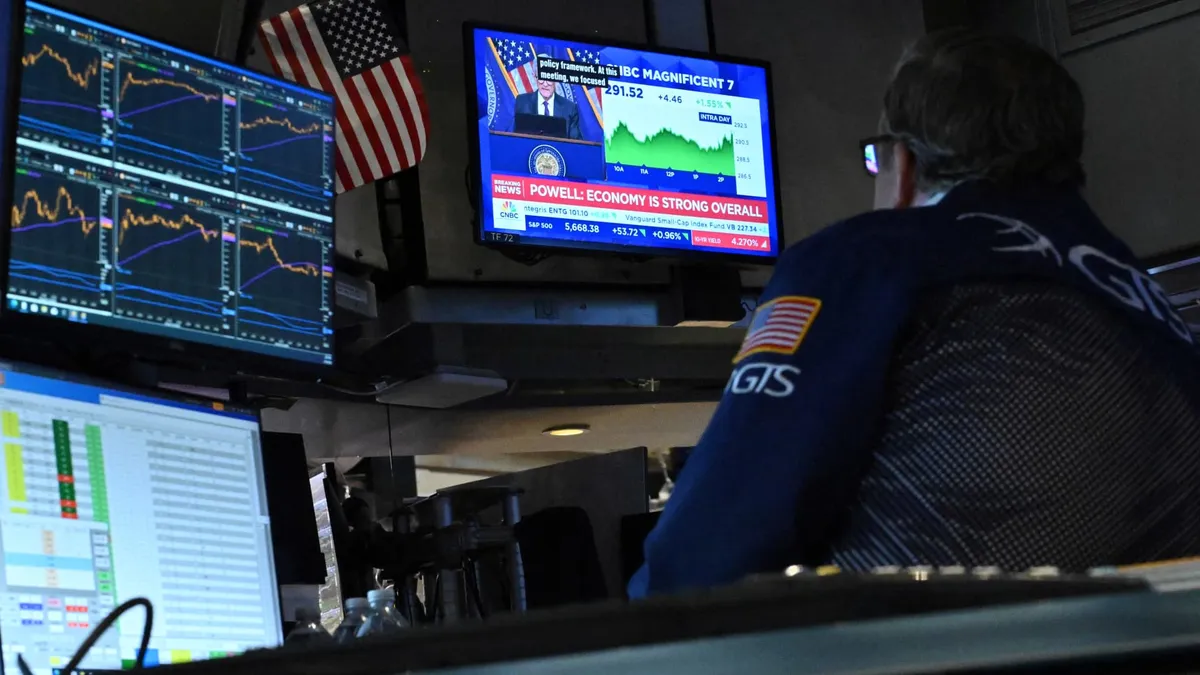
On Thursday night, U.S. stock futures traded near the flatline, indicating a pause after an attempt to extend the rally fueled by the Federal Reserve on Wednesday. Futures linked to the S&P 500 showed little change, while the Dow Jones Industrial Average futures lost 19 points, equivalent to a decline of 0.04%. Similarly, Nasdaq 100 futures slipped by 0.02%, reflecting a cautious sentiment among investors.
This lackluster trading follows a disappointing session for major averages. On Thursday, the S&P 500 dipped by 0.2%, while the Nasdaq Composite experienced a slightly larger drop of 0.3%. The Dow, consisting of 30 stocks, lost 11.31 points, or 0.03%. This retreat comes in the wake of the Federal Reserve's latest meeting, where policymakers maintained their forecast for two rate cuts in 2023 but simultaneously raised their inflation outlook and adjusted their economic growth expectations downward.
The adjustments in the Fed's forecast have raised concerns about the potential for stagflation, a troubling scenario characterized by rising inflation alongside slowing economic growth. Market participants are particularly anxious about President Donald Trump's tariff policies, which have contributed to volatility in stock prices over recent weeks. Fed Chair Jerome Powell highlighted that these tariffs could hinder progress on controlling inflation, further complicating the economic landscape.
According to Michael Green, chief strategist at Simplify Asset Management, the uncertainty surrounding tariffs is weighing heavily on companies. Many businesses are increasingly voicing concerns about the impact of this uncertainty on their planning, capital spending, and hiring decisions. Green noted that when companies pause on these critical decisions, it signals a slowdown in economic activity, which is evident in current market trends.
This month has proven challenging for investors, with the Nasdaq sitting in correction territory—defined as being more than 10% below its most recent peak. The S&P 500 briefly touched correction territory last week, but it is currently on track for a 0.4% advance week to date, aiming to break a four-week losing streak. In contrast, the Dow is set for a 1.1% gain, marking its best weekly performance since late January. However, the Nasdaq remains down by approximately 0.4% for the week, heading toward its fifth consecutive week of losses—its longest streak since May 2022.
As investors navigate this complex landscape, the interplay between inflation concerns, tariff uncertainties, and overall economic growth will be crucial in determining future market directions.